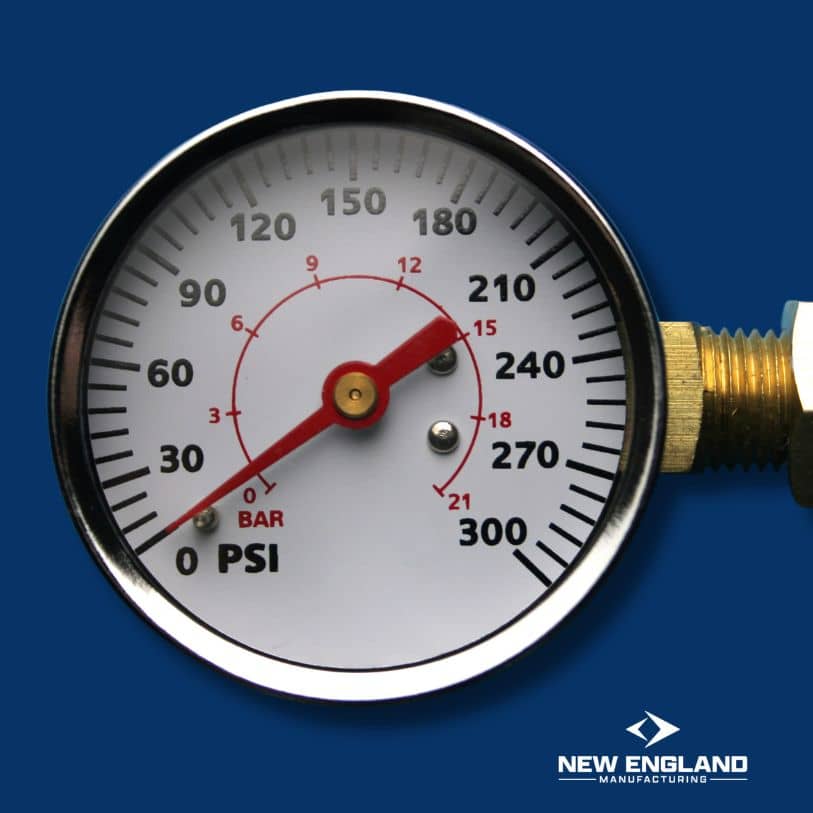The Essential Role of Fire Pumps in Effective Fire Suppression Systems
When a fire breaks out, rapid response and powerful firefighting tools are crucial for controlling and extinguishing the blaze before it can cause extensive damage or loss of life. Among these critical tools are fire pumps, devices designed to ensure that firefighting efforts are supported with a reliable and forceful water supply. In this blog post, we’ll delve into what fire pumps are, why they are indispensable in fire suppression, and how they work hand-in-hand with other components like fire hydrant flow testing to maintain safety and efficiency.
What is a Fire Pump?
A fire pump is a part of a building’s fire sprinkler system’s water supply. It is powered by electricity or steam from a separate source from the local water supply. Essentially, the pump’s role is to increase the water pressure in the fire sprinkler system when needed, ensuring that it is adequate to cover all areas effectively. The pump kicks into action once the system senses that the regular water pressure is too low to be effective against fire.
Importance of Fire Pumps in Fire Safety
Fire pumps are not just additional pieces of equipment; they are often the backbone of a comprehensive fire protection strategy. They are especially crucial in multi-story buildings, where elevated floors may not receive sufficient water pressure from local water supplies. In such buildings, fire pumps must provide the high pressure needed to push water to upper levels.
Moreover, in areas where water supply is inherently low pressure or in facilities that house highly flammable materials, the presence of a robust fire pump system can make the difference between a minor incident and a catastrophic event. Every fire pump installation goes hand in hand with periodic fire hydrant flow testing to ensure that the entire system can deliver under pressure.
Types of Fire Pumps
There are several types of fire pumps, each suited to different situations:
- Centrifugal Pumps: The most common type, which uses an impeller to increase water pressure.
- Vertical Turbine Pumps: Best used when the water supply is below the ground or at a significant distance.
- Positive Displacement Pumps: These are used in cases where precise pressure control is necessary.
Each type of pump has its strengths and is chosen based on the specific needs of the property it protects.
Fire Hydrant Flow Testing and Maintenance
Maintenance is key to ensuring that fire pumps perform optimally when needed. Regular testing, including fire hydrant flow testing, is vital. This testing checks both the hydrants and the pumps for proper flow and pressure, ensuring that they are always ready for action. Maintenance teams also look for mechanical issues, corrosion, or anything that might impede the pump’s effectiveness during an emergency.
Integration with Fire Safety Systems
Fire pumps do not operate in isolation. They are part of an integrated fire suppression system that includes alarms, sprinklers, hydrants, and emergency response plans. This integration is crucial because it ensures that all components work together seamlessly, which is essential for the system’s overall effectiveness.
The Future of Fire Pumps
As technology advances, so too do fire suppression systems. Modern fire pumps are increasingly automated and equipped with sophisticated sensors that can provide real-time data on their operation. This technology not only enhances the effectiveness of fire pumps but also helps in preventive maintenance by predicting failures before they occur.
Conclusion
Fire pumps play a pivotal role in protecting properties and lives from the devastation of fire. They ensure that fire suppression systems have the necessary water flow and pressure to fight fires effectively. Regular maintenance, including fire hydrant flow testing, is crucial to ensure these systems remain reliable and ready at a moment’s notice. As part of a larger fire suppression strategy, fire pumps offer peace of mind that, in the event of a fire, the necessary tools to fight effectively are in place. Moving forward, the evolution of fire pump technology promises even greater efficiency and integration, ensuring that as the risks of fire evolve, so too do our methods to combat it. In understanding the function and importance of fire pumps, we not only appreciate these machines but also recognize the critical role they play in our overall safety strategy.
Read More:
Fire Pump Testing Equipment

Mark R.
With a strong foundation in industrial safety and fire protection systems, Mark R. specializes in creating clear, technical, and compliance-driven content. Writing for SafeTech Reports, he covers topics such as fire hydrant testing, PPE protocols, emergency procedures, and smart technology integration in safety systems. His work ensures that professionals stay informed on the latest regulations, best practices, and emerging trends in safety and infrastructure maintenance.
Get in touch
We usually respond within 24 hours
Need Reliable Water Flow Test Equipment?
For over 70 years, New England Manufacturing has been the trusted source for fire hydrant and water flow testing kits. From pitot gauge kits to custom test kits, we provide precision, durability, and expert calibration to meet your needs.
- Custom-built test kits
- High-quality pressure gauges
- Reliable calibration services


